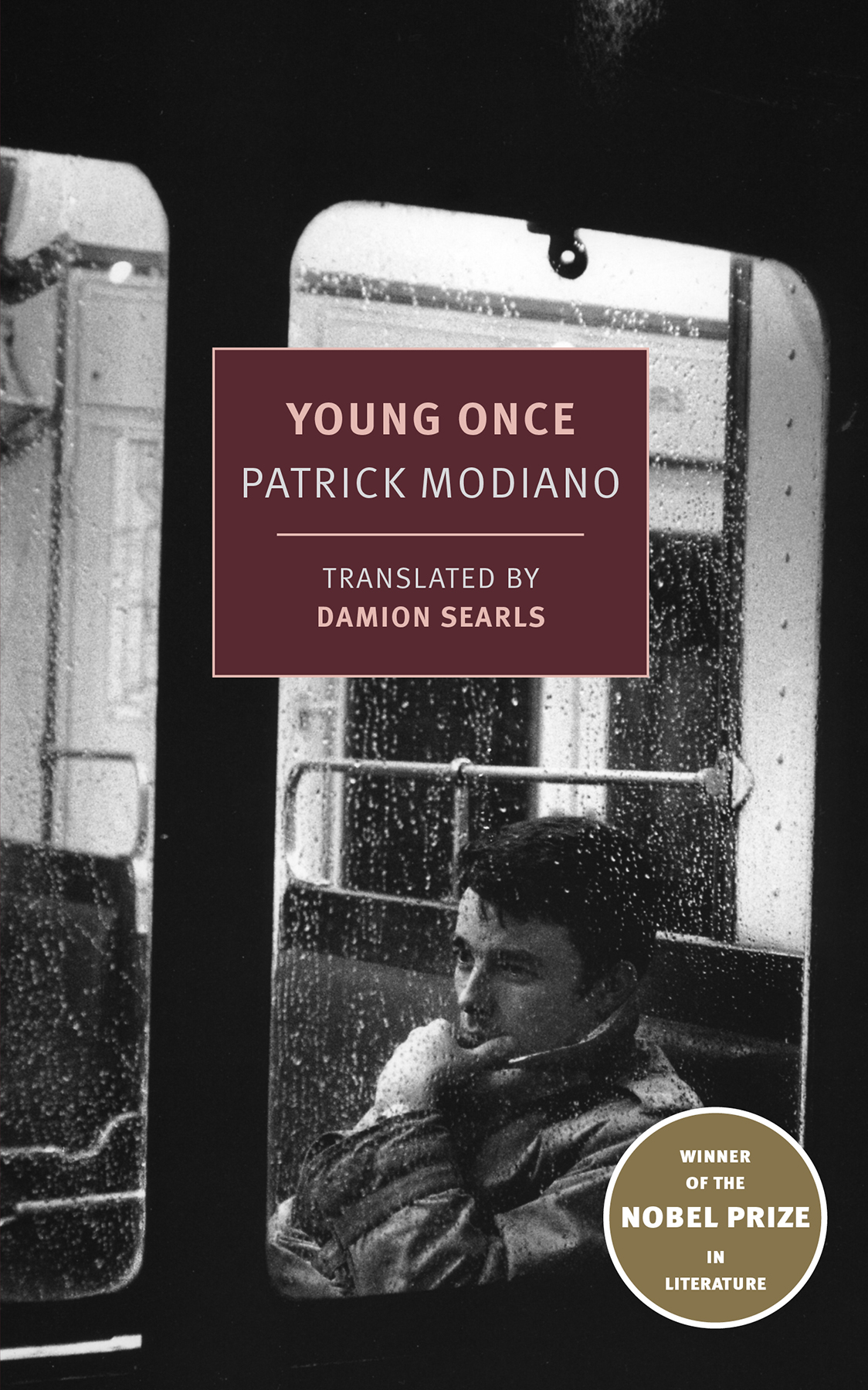
Young Once
کتاب های مرتبط
- اطلاعات
- نقد و بررسی
- دیدگاه کاربران
نقد و بررسی

January 1, 2016
Modiano's transitional novel, first published in 1981, that marked an end to literary experimentation in favor of his largely unadorned though deeply atmospheric style. Modiano's novel opens on an uncharacteristically idyllic note, although, as with his other work, it immediately turns in search of a moment of lost time. Odile and Louis are just about to turn 35, and now, as she gazes out at her children playing on the alpine lakefront lawn, Odile is feeling the pangs of fading youth. "Does life ever start over at thirty-five?" she wonders. "She had the feeling that the answer was No. You reach a zone of total calm and the pedal-boat glides all by itself across a lake like the one stretching out before her." Rewind 15-odd years, to the end of the war, and Odile and Louis, still teenagers, are innocents caught up in a much different world and a much different demimonde. Fresh out of the army, Louis meets a shadowy fellow, Brossier, who wears a feather-festooned Tyrolean hat, perhaps not the best of disguises, and says he's in the car business. Just what it is that he does isn't ever quite clear, but he enlists Louis in the enterprise and fills his pockets with money, even as Odile is struggling to make it as a chanteuse in a world that still has Edith Piaf. Brossier has big plans for Louis, though always of a vague sort, and shifting duties: "Now, when I say 'night watchman, ' " he says of one job possibility, "in fact it's more of a job as a...secretary...." Only gradually does Louis become uneasy about the ill-defined nature of his duties as compared to his large pay packet, but he's too much the naif to recognize what the knowing reader will--namely, that a postcard bearing Guy Burgess' signature puts us into different territory altogether, lending Modiano's matter-of-fact mood study a dangerous dimension. Quiet but powerful; fans of Modiano's smoky, humid postwar world will enjoy this slowly unfolding mystery.
COPYRIGHT(2016) Kirkus Reviews, ALL RIGHTS RESERVED.

Starred review from January 1, 2016
Appearing in English for the first time, these two volumes capture Nobel Prize winner Modiano in self-defining mode. Published in 1981, Young Once reveals the author shaking off maximalist language and exposition as he shows Louis and Odile looking back at their early, shadier years in Paris. Uneasy nostalgia may be common, but Modiano's take--and wonderfully scraped-down language--is not. In the Cafe of Lost Youth, which followed in 2007, is even more distilled, representing Modiano at his height. In 1950s Paris, a young woman nicknamed Louki haunts a cafe called the Conde, casting a decided allure yet remaining mysterious and unknowable. A young hanger-on, the husband she abandoned, the detective searching for her--all try to grasp her and fail. Not unexpectedly, Modiano withholds her secret life to the end. VERDICT Two more great examples of Modiano's writing, with Young Once somewhat more accessible and In the Cafe of Lost Youth perhaps the better book.
Copyright 2016 Library Journal, LLC Used with permission.

























دیدگاه کاربران